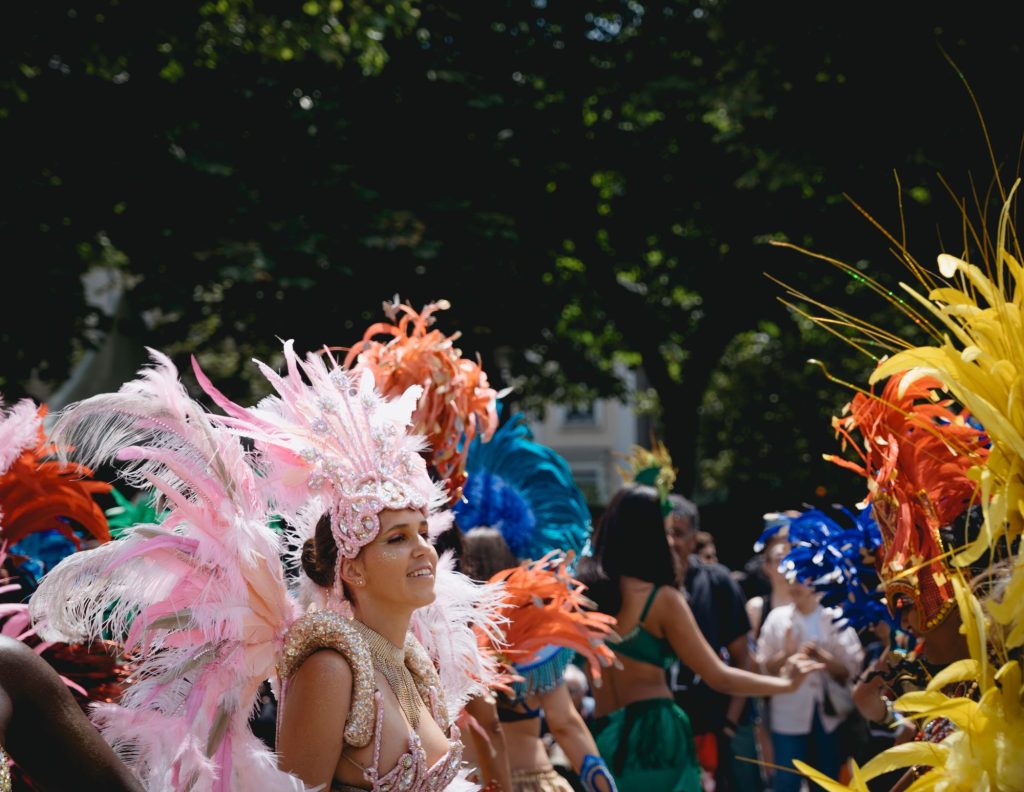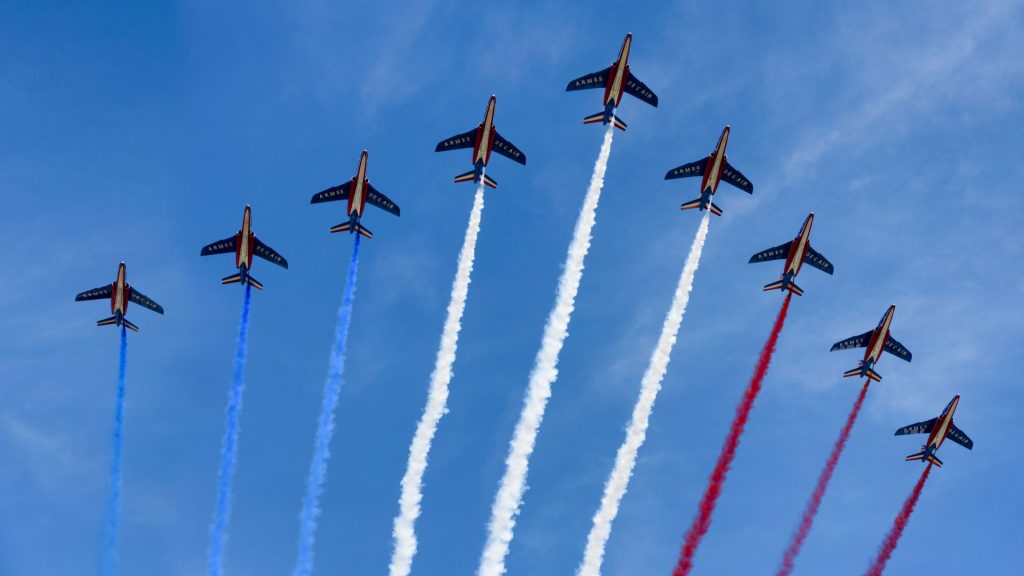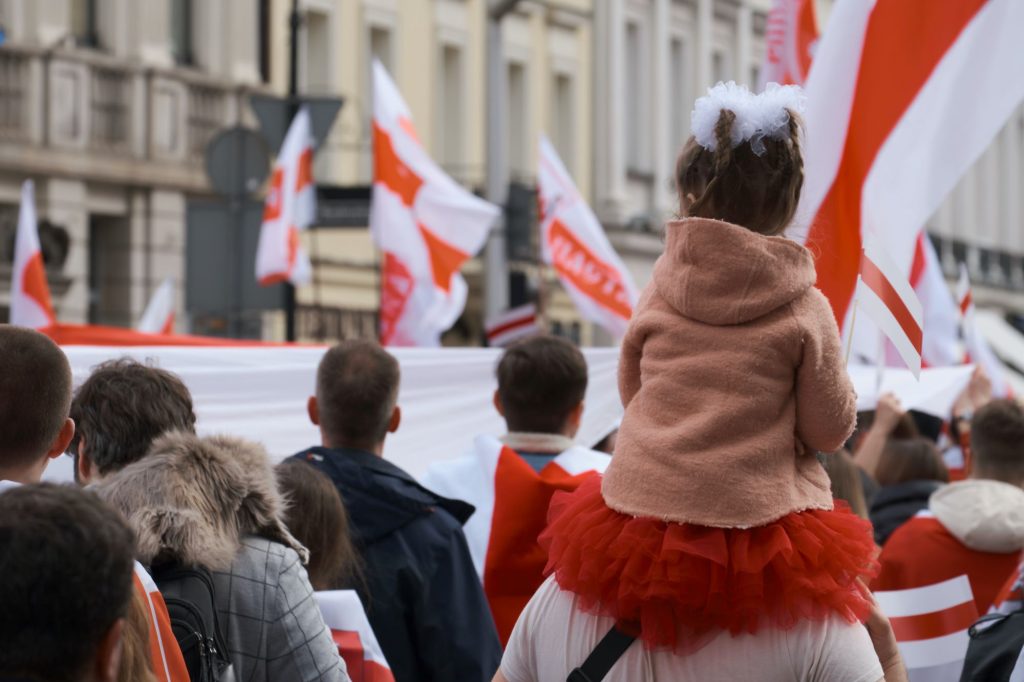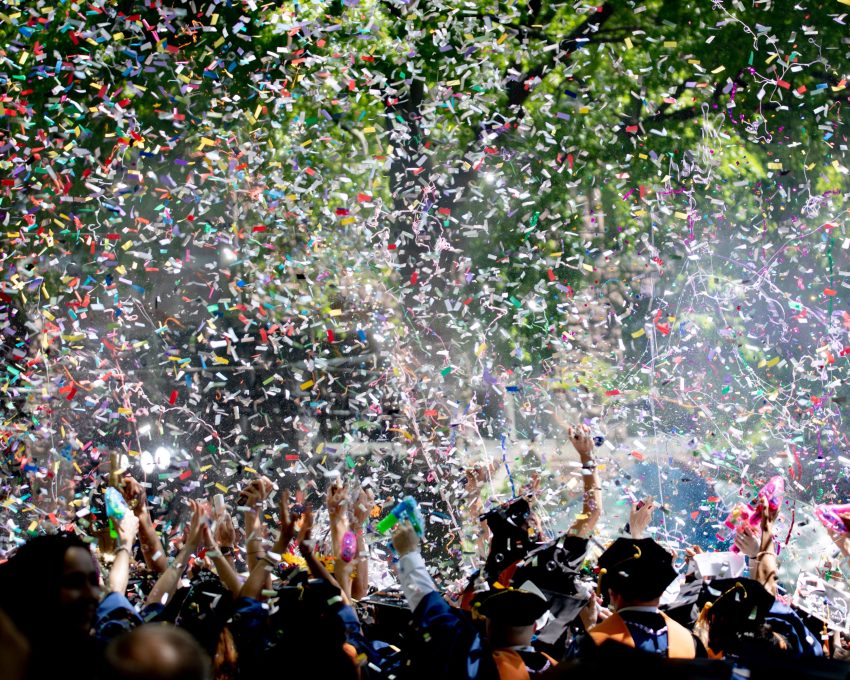Independence Day holds immense significance for every nation that has fought for its sovereignty.
We embark on a captivating journey across the globe, delving into the rich tapestry of Independence Day celebrations worldwide. Our purpose is to explore the diverse perspectives, traditions, and customs that make each nation’s independence festivities unique.
Discover how nations honor their past, celebrate their present, and inspire a shared vision for the future.
Independence Day Traditions in North America
From Struggle to Liberty: Tracing the Roots of America’s Independence
On July 4th, the United States of America proudly commemorates the signing of the Declaration of Independence in 1776, when thirteen American colonies boldly declared their separation from British rule.
No Independence Day celebration in the United States is complete without spectacular fireworks displays that light up the night sky.
In addition to fireworks, vibrant parades take center stage in towns and cities nationwide. These processions showcase a tapestry of cultural diversity, military honors, marching bands, and floats adorned with patriotic themes.
Independence Day also witnesses patriotic events such as concerts, speeches, and readings of the Declaration of Independence. Communities organize gatherings in parks and public spaces, where renowned artists perform patriotic songs, and notable figures deliver inspiring addresses that reflect on the nation’s progress and remind citizens of the values they hold dear.
Independence Day Celebrations in South America
Embracing Samba Rhythms: Brazil’s Vibrant Independence Day Traditions

On September 7th, Brazil commemorates its Independence Day, a momentous occasion that marks the country’s liberation from Portuguese colonial rule in 1822.
Brazil’s Independence Day celebrations are synonymous with exuberance, energy, and vibrant displays of culture. Across the country, cities come alive with dazzling parades, vibrant costumes, and lively music that resonate with the beats of samba. Colorful floats adorned with intricate designs and symbols fill the streets, showcasing Brazil’s rich cultural heritage.
Music plays a central role in the festivities, with samba schools, percussion bands, and local musicians taking center stage. The infectious rhythms of samba permeate the air, inviting people to dance and celebrate.
Brazil’s Independence Day is a time for unity and collective celebration. The day is marked by cultural performances, theatrical presentations, art exhibitions, and traditional food stalls, offering a sensory experience that immerses attendees in the diverse flavors and traditions of Brazil.
As Brazil commemorates its hard-fought freedom, the festivities serve as a reminder of the country’s cultural diversity, resilience, and national pride.
Viva México: A Celebration of Heritage and Independence
On September 16th, Mexico proudly observes its Independence Day, a significant event that honors the country’s struggle for freedom from Spanish colonial rule in 1810.
Central to Mexico’s Independence Day celebrations is the iconic tradition of El Grito, a reenactment of the Cry of Dolores.
The President of Mexico leads the nation in shouting “¡Viva México!” from the National Palace balcony in Mexico City at midnight on September 15th, echoing the cry for freedom originally made by Miguel Hidalgo, a key figure in the Mexican War of Independence.
The streets are filled with fervor as the resounding cry ignites a wave of national pride. Fireworks illuminate the night sky, and bells toll in churches across the country, symbolizing unity and the indomitable spirit of the Mexican people.
Festivities feature traditional food stalls offering mouth-watering delicacies such as tamales, tacos, chiles en nogada, and pozole. The aroma of spices fills the air as families and friends gather to savor these iconic flavors, creating a sense of culinary unity.
Mariachi music, with its vibrant melodies and passionate lyrics, takes center stage during the celebrations. Mariachi bands serenade crowds with traditional songs, and people dance to infectious rhythms, embodying the spirit of Mexican folklore and identity.
Throughout the country, cultural events including parades, folk dances, and art exhibitions showcase the diversity of Mexico’s regions, highlighting their unique customs, costumes, and artistic expressions.
Independence Day Festivities in Europe
Storming of Joy: France’s Majestic Bastille Day Celebrations

Bastille Day, celebrated on July 14th, commemorates the historic event of the storming of the Bastille prison in 1789, a symbolic moment that marked the beginning of the French Revolution.
On Bastille Day, France comes alive with a myriad of national celebrations. The day begins with the traditional military parade along the Champs-Élysées in Paris. It is a grand spectacle that pays tribute to France’s rich military heritage.
Following the military parade, the evening skies dazzle with spectacular fireworks displays throughout the country. From the iconic Eiffel Tower in Paris to cities and towns across France, vibrant colors and shimmering lights create a breathtaking spectacle. These fireworks symbolize the unity and joy of the nation, as people gather in parks and public spaces to witness the visual symphony and bask in the patriotic atmosphere.
Independence Day Observances in Asia
Unyielding Spirit: South Korea’s Revered Liberation Day Traditions
Liberation Day, observed on August 15th, marks South Korea’s liberation from Japanese colonial rule in 1945.
Liberation Day in South Korea is marked by solemn ceremonies and memorials. The nation pays tribute to the sacrifices made by independence activists who fought for freedom and endured immense hardships.
South Korea’s Independence Day is a time to honor and remember the bravery and sacrifices of independence activists. Public events and exhibitions showcase their stories, highlighting their unwavering commitment to the nation’s freedom.
A Triumph of Freedom: The Philippines’ Dynamic Independence Day Celebrations
Philippine Independence Day, celebrated on June 12th, marks the country’s declaration of independence from Spanish colonial rule in 1898. This day holds profound historical significance, embodying the Filipino people’s unwavering spirit and their pursuit of self-determination.
The Philippines’ Independence Day is marked by lively parades, historical reenactments, and vibrant street festivals that encapsulate the nation’s rich heritage. People dress in traditional attire, marching bands fill the air with jubilant melodies, and colorful floats depict significant moments in the country’s struggle for freedom.
Street festivals feature cultural performances, dances, and local delicacies, creating a festive atmosphere where people come together to celebrate their shared history and cultural diversity.
On Independence Day, the Philippines pays homage to its national heroes who fought for independence. Memorials and ceremonies are held to commemorate their courage, sacrifices, and contributions. It is a time for reflection, as the nation acknowledges the collective effort and unwavering spirit that paved the way for Philippine sovereignty.
Independence Day Customs in Africa
A Journey to Freedom: South Africa’s Inspiring Independence Day Celebrations

Freedom Day, celebrated on April 27th, marks the end of apartheid and the birth of democracy in South Africa.
On Freedom Day, South Africans reflect on the profound journey from apartheid to democracy. This reflection inspires a renewed commitment to building a nation where every individual is afforded equal rights and opportunities.
Freedom Day in South Africa is marked by vibrant cultural festivals, music performances, and community gatherings. People come together to celebrate the rich tapestry of South African cultures, showcasing traditional dances, art, and cuisine. These festivities embody the spirit of unity in diversity, fostering a sense of belonging and pride in the country’s heritage.
Conclusion: A Global Tapestry of Freedom
In a world often divided by boundaries, Independence Day unites us in the common pursuit of freedom and self-determination.
Let us ignite our wanderlust and embrace the world’s Independence Day traditions, for in doing so, we honor the past, celebrate the present, and inspire a future where freedom reigns.


